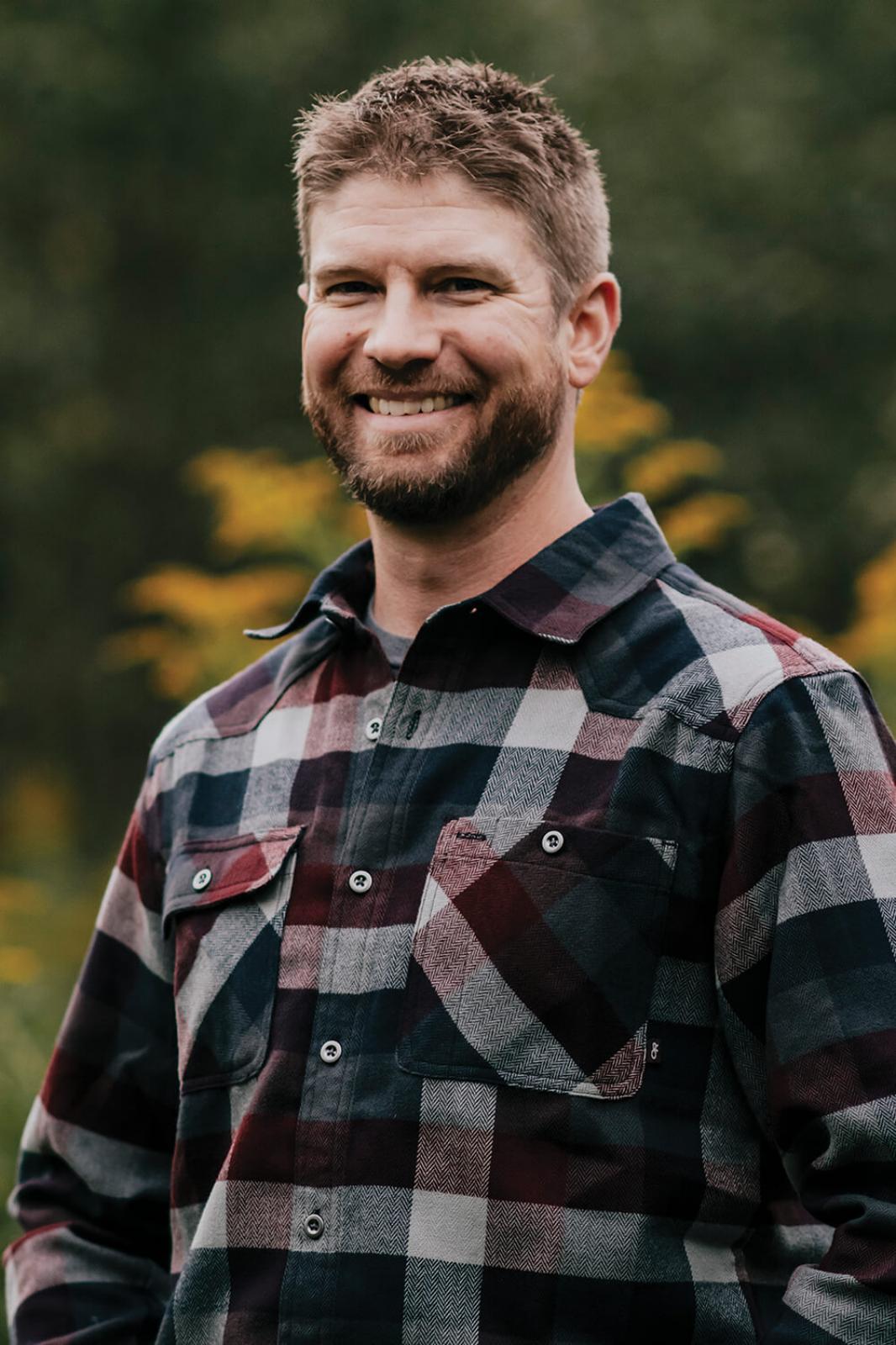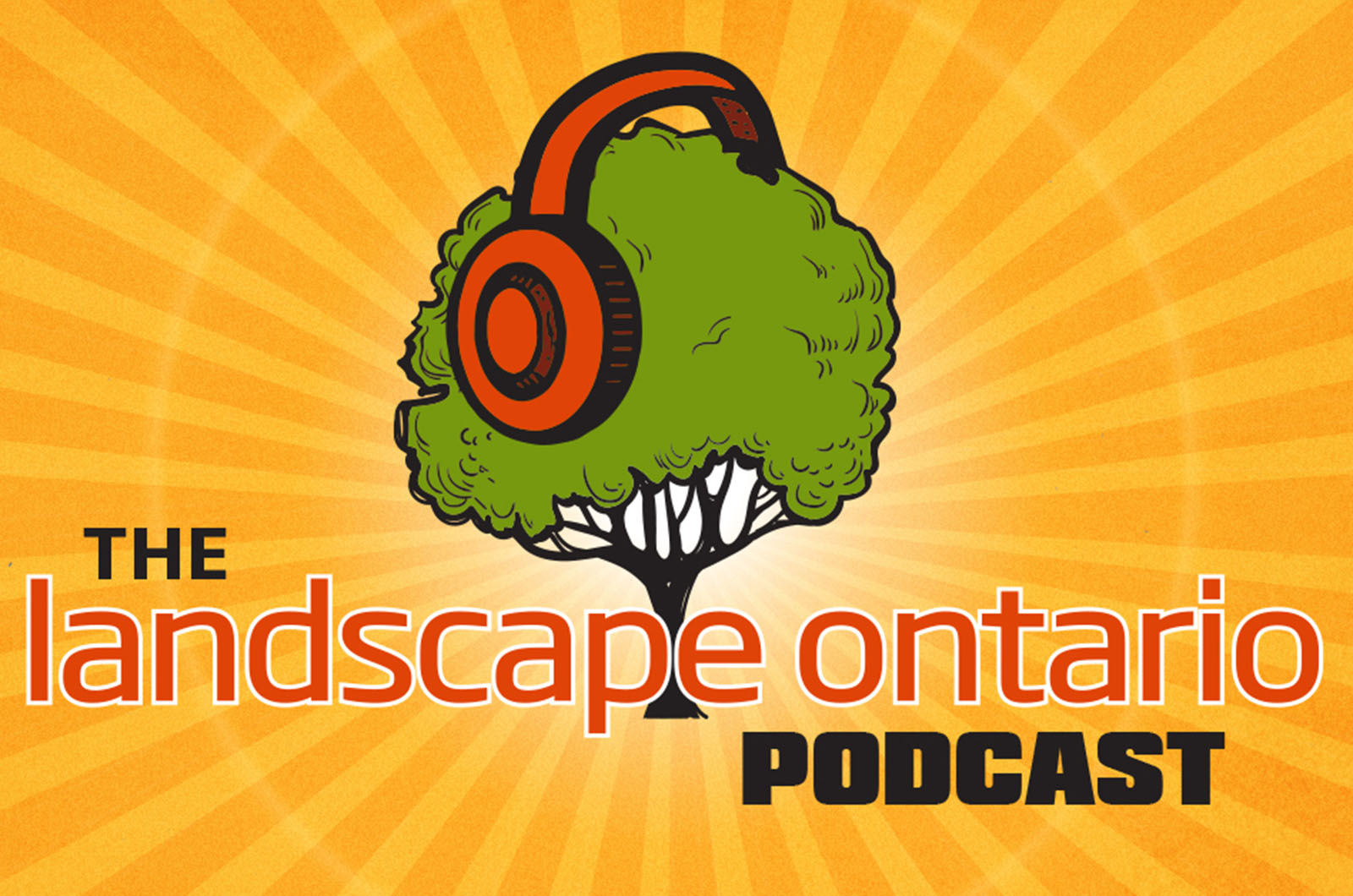April 1, 2022
Chainsaw safety with Todd Fritzley

Todd Fritzley
Fritzley always wanted to work outside and was naturally drawn to the forestry and tree care industries. At the very start of his career, he worked with experts in the field who corrected his techniques and taught him “the right way.” Now, Fritzley educates others how to improve awareness and respect for “the most dangerous power tool you’ll put in your hands.”
How do you help others learn about chainsaw safety?
I always had sort of a knack for teaching and I’ve always wanted to teach and show people how to do their jobs safer and more efficiently. I’ve been in this game long enough where I really felt that I could pass what I know on to others.Probably the coolest thing about that aspect of my career is all the different industries I get to work with; the biggest one being landscapers. They’re probably my number one area of clientele and I’ve worked with landscapers all over the province. And I’ve been fortunate to work with you folks at Landscape Ontario, doing some courses for you guys.
What are some of the regulations and laws that govern chainsaw use in the workplace?
That’s probably one of the most confusing things for many industries and employers. First off, there are still a lot of people out there that don’t even realize there actually are laws and regulations when it comes to using a chainsaw on the job.There’s a couple sections of the Occupational Health and Safety Act, or what we’ve most commonly called the Green Book, where you can find regulations in regards to chainsaw use. And when it comes to landscapers, the two areas where you’re going to find those regulations are under the industrial establishments as well as construction.
Depending on what [type of task] your landscaping company is performing with a chainsaw (such as cutting fence posts or clearing a woodlot), it could vary what regulations will be put in place to enforce the use of that tool.
I do wish the Ministry of Labour would do a better job of making things just a little bit more clear, because where a lot of the confusion comes in is when you have industries that don’t use chainsaws hardly at all or even on a regular basis. They often feel like they don’t fall under some of these areas of the Occupational Health and Safety Act.
In my industry as tree care workers, having proper chainsaw training and credentials is a no brainer and it’s expected, whereas for folks in the landscaping industry it’s a little bit of a grey area. And often it’s not enforced until it’s too late.
Everyone knows you need first aid. Everyone knows you need ‘working at heights,’ etc. But a chainsaw is one of those things that kind of gets put on the backburner. If you’re a company that’s pulling out a chainsaw half a dozen times or less a year, it’s probably not something you think about in terms of having proof of training and competency.
From a legal standpoint, if you want to avoid hefty fines, warnings or charges, if chainsaws are getting used within your business then it’s definitely something you need to look into and have the proper documentation in place.
How common are chainsaw injuries?
They’re more common than you think. Basically how I open every training course I do is with the statement telling them that this literally is the most dangerous power tool you’ll put in your hands. And the first step in preventing an incident while using that machine is to thoroughly understand how it works. Until you can really wrap your head around that, it’s very easy to become injured from a chainsaw.Unfortunately the stuff you hear about is the stuff that only makes the media. But don’t be fooled. There’s thousands of incidents happening out there. Whether they’re more on the minor side or something where somebody ends up in emerg. If we can generally summarize how these accidents are happening, why they’re happening, the types of workers they happen to...I think it’s important to make that information more public, just for the simple reason of just making fellow workers more aware. And to maybe give them something to think about when they pick up that chainsaw and start cutting up this giant oak that fell on the side of a house.
Maybe that’s something that’s just completely out of your wheelhouse.
What are some of the most common hazards?
One of the most common hazards in chainsaw operation in terms of the machine itself is rotational kickback. I believe that’s the first step in protecting yourself from that piece of equipment. It’s not your PPE. All that stuff is important but if you understand how that machine works and what it’s actually doing when it makes contact with the material, that will make you a lot more aware and prepared for rotational kickback.There’s four reaction zones of the chainsaw bar where the chain is spinning around the guide bar and we teach a system called Push Pull No Go.
We take that bar and chain and break it up into four different sections of reactional forces. We know we can cut with the top and bottom part of the bar. But where we need to pay close attention is the bar nose tip where the chain is going around.
We call it the no-zone or the kickback zone. Should that make contact with whatever it is we’re cutting, that’s what causes the rotational kickback. We need to constantly be aware of where that bar tip is, especially if we’re dealing with piles of branches and trees.
Additionally, one of the number one causes for lost time in the workplace with chainsaw use is musculoskeletal disorders. So sprains, strains, overuse of certain parts of the body, that sort of thing. If you’re swinging around a tool that you’re not used to using, you’re going to become tired and fatigued quite quickly and quite easily. When you get tired you get complacent, you get lazy. And that’s often where accidents happen as well.
How important is PPE for chainsaw operators?
PPE is your last line of defense. Like, we don’t want our PPE to have to do its job. That’s why I really stress on the importance of knowing and understanding how the machine works — the mechanics and the physics of the wood, compression and tension, understanding all those things.You look at PPE from two different ways. Number one, it’s the law. I mean, we can’t be showing up to put in a retaining wall in our landscaping job wearing running shoes; it’s just simply not legal. We have to have CSA-approved work boots, the head protection, the ear protection. There’s a lot of components to the PPE. We need to have it in place for chainsaw use. Aside from it being law, more importantly, yes, it does help protect us should there be a mistake.
Knock on wood, I’ve been pretty fortunate through my career where I haven’t been part of anything too serious when it comes to an incident. But I have had my share of close calls that if my PPE wasn’t in place, it could have ended badly. I’ve taken some pretty good blows to the head from debris from the canopy of trees, and if I hadn’t been wearing my hard hat it definitely would have been a more serious situation.
Probably the most important piece of PPE a chainsaw operator should wear is your leg protection. Whether it be actual chainsaw pants or chaps, those are so important because in the majority of incidents out there with the saw making contact with the body are from the waist down.
